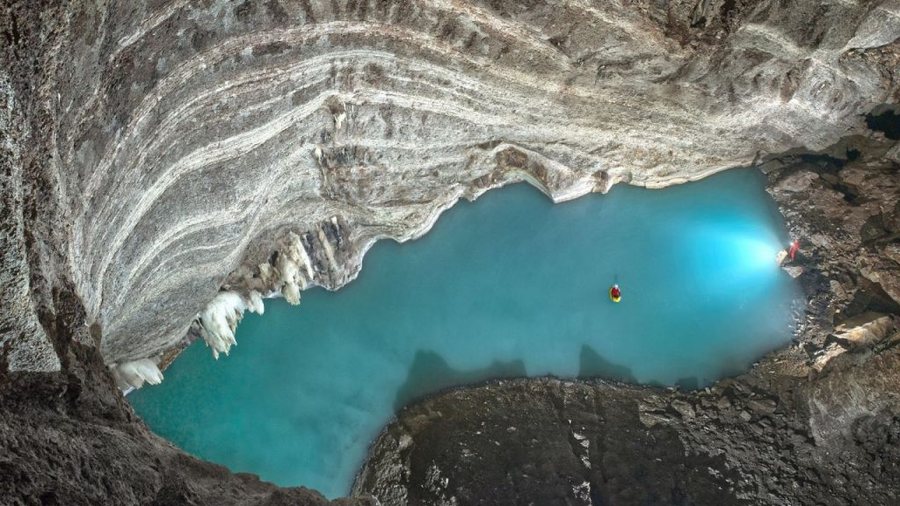Czech scientists discover world’s largest underground thermal lake in Albania

A team of Czech scientists has discovered the world’s largest underground thermal lake in southern Albania. Named Lake Neuron, in honor of the Neuron Foundation that funded the expedition, the lake was found at the bottom of a 100-meter-deep abyss called Atmos, located in the Vromoner region near the Greek-Albanian border.
Why is this important: The discovery, reported by Radio Prague International, is a significant breakthrough for geological and hydrological research. The thermal lake, which measures 138 meters in length and holds over 8,000 cubic meters of hot water, is expected to deepen scientific understanding of unique cave and water systems. It may also contribute to the preservation and hydrological management of the area.
Context: The Czech team has been exploring southern Albania’s complex underground cave systems since 2021. Their investigation led to the discovery of high-temperature springs and columns of steam. Tracing these sources revealed the abyss Atmos and, subsequently, Lake Neuron at its base.
The lake’s size is staggering; it is three times larger than the main hall of Prague’s National Theatre. Advanced technology played a crucial role in the discovery and mapping process. With funding from the Neuron Foundation, the team utilized a mobile LIDAR scanner and 3D technology, allowing them to create precise models of the cave.
The lake’s formation is unique, with water rich in hydrogen sulfide that oxidizes on contact with air, forming sulfuric acid. This acid gradually transforms limestone into gypsum, continuously reshaping the cave structure.
What was said: Richard Bouda, a Czech photographer and speleologist, described how the discovery unfolded. He emphasized the importance of the Neuron Foundation’s support and the role of cutting-edge equipment in their research efforts:
“Thanks to the Neuron Foundation, we acquired a mobile LIDAR scanner, which allows us to measure the entire cave and the entire area of the lake. We will also cooperate with hydrologists who will measure the underwater portion of that lake using sonar.”
Bouda highlighted the potential impact of their findings on regional hydrological studies. “We believe this discovery could also contribute to the protection of the whole area and to a better understanding of its hydrology,” he noted.
What’s next: The Czech scientists will continue collaborating with hydrologists and other experts to study the lake’s ecosystem and its connection to nearby surface springs. These ongoing efforts may aid conservation initiatives and further scientific research into rare cave formations.


